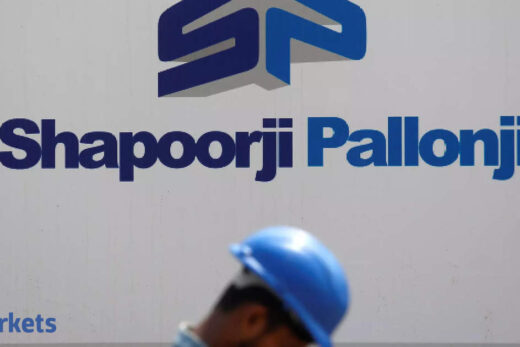“All the elements around technology area that the auditor wanted to look, have been completed and the reports have been submitted to the regulator, we are awaiting further directions from the regulator in this matter,” said Ramesh Lakshminarayanan – Chief Information Officer – HDFC Bank. “I don’t have the timelines now, I can’t second guess, but we definitely hope we would see some feedback from the regulatory point.”
HDFC Bank, which issues nearly 150,000 credit cards a month, was directed by the RBI in December to stop issuing fresh cards until it had sorted out its tech problems. The bank also couldn’t launch any new digital initiatives. In February, the regulator appointed an external firm for carrying out a special audit of HDFC Bank’s IT infrastructure. The report was submitted last month.
Between March and April this year the bank faced 5 down times and three big outages in the last three years. It’s systems were also down for an hour on Tuesday when customers complained that they were unable to access its mobile banking application.
Analysts closely tracking the bank feel that the multiple glitches faced by the bank could delay the lifting of business sanctions, as the central bank which has moved to a 24X7 payments cycle has little tolerance for outages.
Sounding a cautionary note, Lakshminarayanan added that the lender would look at significantly reducing down times.
“I don’t think we will be able to stop all the outages from the existing side, but we will try and minimise that,” he said. “There will be incidents and should an incident come up, we will react to it faster and keep alternative channels open, communicate effectively.”
He also said that the bank is working on a digital factory and a consumer factory to manage growth in customer acquisitions and transactions. While the digital factory will focus on launching new digital products, the enterprise factory will focus on revamping existing IT infrastructure.
The bank is set to launch multiple digital product rollouts in the next 15-24 months. In the short run it will focus on critical services like payments, cards and customer experience. Towards the end of the year, the bank will upgrade its IT platforms.
Lakshminarayanan also added that the recent digital challenges were more of a hardware issue and had nothing to do with low system capacity.
“The existing technology landscape is complex, large and we process a record number of transaction volumes, none of these issues that came out have been on account of capacity,” he said. “We have had issues like a hardware failure, sometimes some components would not have worked effectively. The legacy and current applications would have some design challenges, and that is how we will be looking at it.”
HDFC Bank CEO Sashidhar Jagdishan had said in April that the bank was heavily investing in IT infrastructure that would help it to bear potential load for the next 5 years.
In November 2018, the lender saw its new mobile banking app crash as it faced a unprecedented demand for downloads.
A year later in November 2019, it faced another outage, after one its vendors faced a system upgrade patch issue. Within a year it faced a massive outage at its data centre which lead to a downtime of nearly two days. It faced five more downtime’s between March and April alone when some customers were unable to process transactions.



